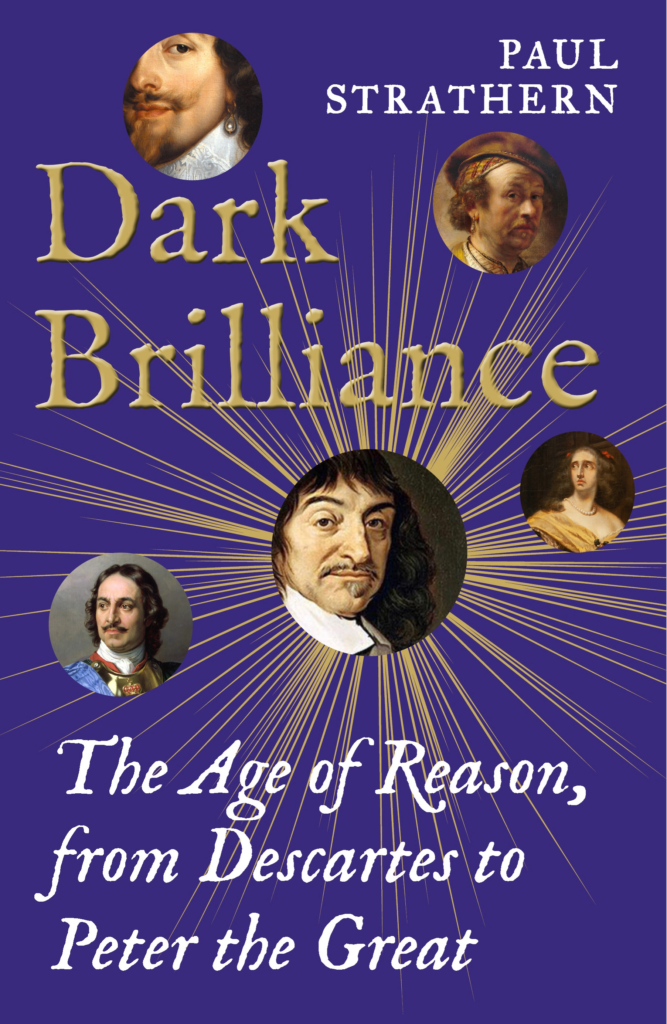
The seventeenth century did not get off to a great start in Europe. Religious conflict still simmered, and in 1618, the continent became embroiled in the bloodiest and most destructive war it would suffer before the two World Wars. The Netherlands was fighting for its independence. In Britain, the dispute between King and Parliament led to wars costing hundreds of thousands of lives in the 1640s and 1650s. Scientific progress faced massive barriers. Galileo was condemned by the Roman Inquisition in 1633 for arguing that the Earth orbited the Sun and not the reverse, as Aristotle and generations of his followers had maintained. Across the continent, people remained poor, ignorant, oppressed, and victims of seemingly continuous violence.
Yet, by the end of the century, the religious wars were over, Europe had modern astronomy and physics, the Dutch had created the corporation and the stock exchange, England had established parliamentary government, and books calling for freedom of religion were openly being published and distributed. ‘In 1700 the mental outlook of educated men was completely modern; in 1600, except among a very few, it was largely medieval,’ wrote Bertrand Russell in his A History of Western Philosophy.
This shift in mindset, from the medieval to the modern, is the subject of Paul Strathern’s Dark Brilliance: The Age of Reason From Descartes to Peter the Great. Strathern covers the major figures and events of the era, painting a sweeping picture of the century and the monumental changes it brought to intellectual and cultural life in Europe. Dark Brilliance has remarkable breadth, touching on every field of knowledge from calculus to cooking. It includes the microscope and telescope, probability and statistics, gravity and motion, the Golden Age in the Netherlands and the Glorious Revolution in Britain. We meet—as we expect—figures such as Spinoza, Locke, Leibniz, and Newton. But Strathern pays far more attention to culture and the arts than most other writers on the Enlightenment. He also breaks down the contrast between reason and unreason running through the seventeenth century; this is the ‘Dark’ of the book’s title.
The Culture of Enlightenment
As he promises in the subtitle, Strathern begins Dark Brilliance with René Descartes, as he is developing his new philosophy in a bucolic winter scene in a Bavarian village. From Descartes, he makes an unexpected jump to the Italian painter Michelangelo Merisi da Caravaggio (1571-1610). Caravaggio would not normally feature in a book on the Age of Reason. He lived in Italy, which had been the unquestioned centre of Europe during the Renaissance but was falling into the shadows of the Netherlands and France in the seventeenth century. For all their wealth and splendour, Rome and Florence never became centres of the Enlightenment in the way that Paris, Amsterdam, Edinburgh, or London did. Not only that, Caravaggio died before the Age of Reason really began.
Still, Strathern argues that Caravaggio’s painting was a leap forward from the past, just like the works of the Enlightenment thinkers. His painting showed more depth, photorealism, and understanding of scientific topics such as anatomy and optics than the Italian Renaissance masters who preceded him. And they, in turn, painted far more lifelike scenes than medieval European artists. Like the Renaissance artists, Caravaggio drew on classical as well as Biblical inspiration, although he painted with more drama and energy. Strathern highlights, in particular, Caravaggio’s Judith Beheading Holofernes, where he painted a scene from the Bible, a conventional subject, but presented it in a way that was unconventionally violent, visceral, and shocking. Compare the painting with medieval European art, which was often without passion; even people suffering violent deaths can look only bored or vaguely annoyed.

This focus on culture is an original approach, but one which makes sense. Culture reflects society, and we can see the ideas of the Enlightenment reflected in the art of the Baroque artists. But it has limitations, and centres of culture and art were not always centres of learning, science, philosophy, or law. There was no Florentine Newton or Milanese Spinoza.
The splendour of the court of Louis XIV made France the cultural centre of Europe—even today fields like cooking and fashion are speckled with French words and phrases—but the French Enlightenment only really took off after the Sun King’s death. Strathern could have perhaps explored this further.
Reason and Unreason
The other theme of Dark Brilliance is, as the title itself illustrates, the paradoxes of the Enlightenment. To Strathern, the seventeenth century was the Age of Reason and Unreason. As he points out in the introduction, the achievements of the Enlightenment ‘took place against a background of extreme political turbulence and irrational behaviour on a continental scale,’ from frenzied persecutions of supposed witches to the horrors of the transatlantic slave trade.
The developers of the telescope and the microscope were achieving steadily higher levels of magnification and bringing more and more of the hidden universe into view even as Catholics and Protestants killed each other by the tens of thousands. In the first chapter of Dark Brilliance, René Descartes invents his new philosophy while in the winter quarters of the Bavarian army during the Thirty Years War. The metastatic growth of the slave trade provides another example of how the irrational and inhumane could easily grow alongside the ideals of the Enlightenment. ‘…[I]n the Age of Reason, it was slavery that produced the capital which led to the progress of western European civilization, laying the foundations upon which its empires were built,’ Strathern writes. ‘At the same time, it also prompted a few rare spirits such as Montaigne to recognize the contagious barbarity of all who took part in it—to say nothing of the absurdity of its claims regarding racial superiority’. Man’s expanding knowledge did not seem to lessen his brutality—at least not yet.
Why should we care about the Enlightenment? Because we live in a world shaped by it, and while we enjoy its benefits, we should also be aware of its lessons.
The greatest paradox of the Enlightenment was, arguably, the French Revolution itself, which led to mass killing, the establishment of a dictatorship, and a new ‘rational’ religion in the name of Enlightenment values and freeing the people of France from the oppression of monarchy, aristocratic privilege, and a corrupt and reactionary Church. As he finishes his account at the start of the eighteenth century, Strathern doesn’t cover the French Revolution, although the theme of paradox runs through the book.
Conclusions
Why should we care about the Enlightenment? Because we live in a world shaped by it, and while we enjoy its benefits, we should also be aware (and beware) of its lessons. At the start of Dark Brilliance, Strathern asks if human progress will end up destroying the civilisation it helped to create. We face a range of threats, including climate change, enabled by the scientific progress and material wealth which has made our lives so much better. At the end of the book, he has not yet answered his own question, although he concludes that ‘paradoxically, the answer would appear to be progress itself’. Admittedly, it’s hard to see what other conclusion anyone could reach. There are calls today from the far left and far right of the political spectrum to dismantle the modern economy and modern society and revert to some pre-modern ideal. But this ideal is, in all cases, as mythical as it is real.
Strathern chooses to tell his overall story as a collection of colourful little biographies. This is an accessible approach and makes the book engaging for a general audience. Anyone who reads Dark Brilliance will reach the end with a much better understanding of not just the Enlightenment but life in seventeenth-century Europe in general. As someone who has read and written much about the subject, Strathern’s account of the development of Baroque painting was still entirely new to me.
I was left feeling that some of the threads remained loose, particularly on the impact of the Enlightenment and the paradox of reason coexisting with unreason. But as a panorama of seventeenth-century Europe, Dark Brilliance is both an impressive and very readable book.
Related reading
The Enlightenment and the making of modernity, by Piers Benn
Do we need God to defend civilisation? by Adam Wakeling
What has Christianity to do with Western values? by Nick Cohen
How three media revolutions transformed the history of atheism, by Nathan Alexander
The need for a new Enlightenment, by Christopher Hitchens


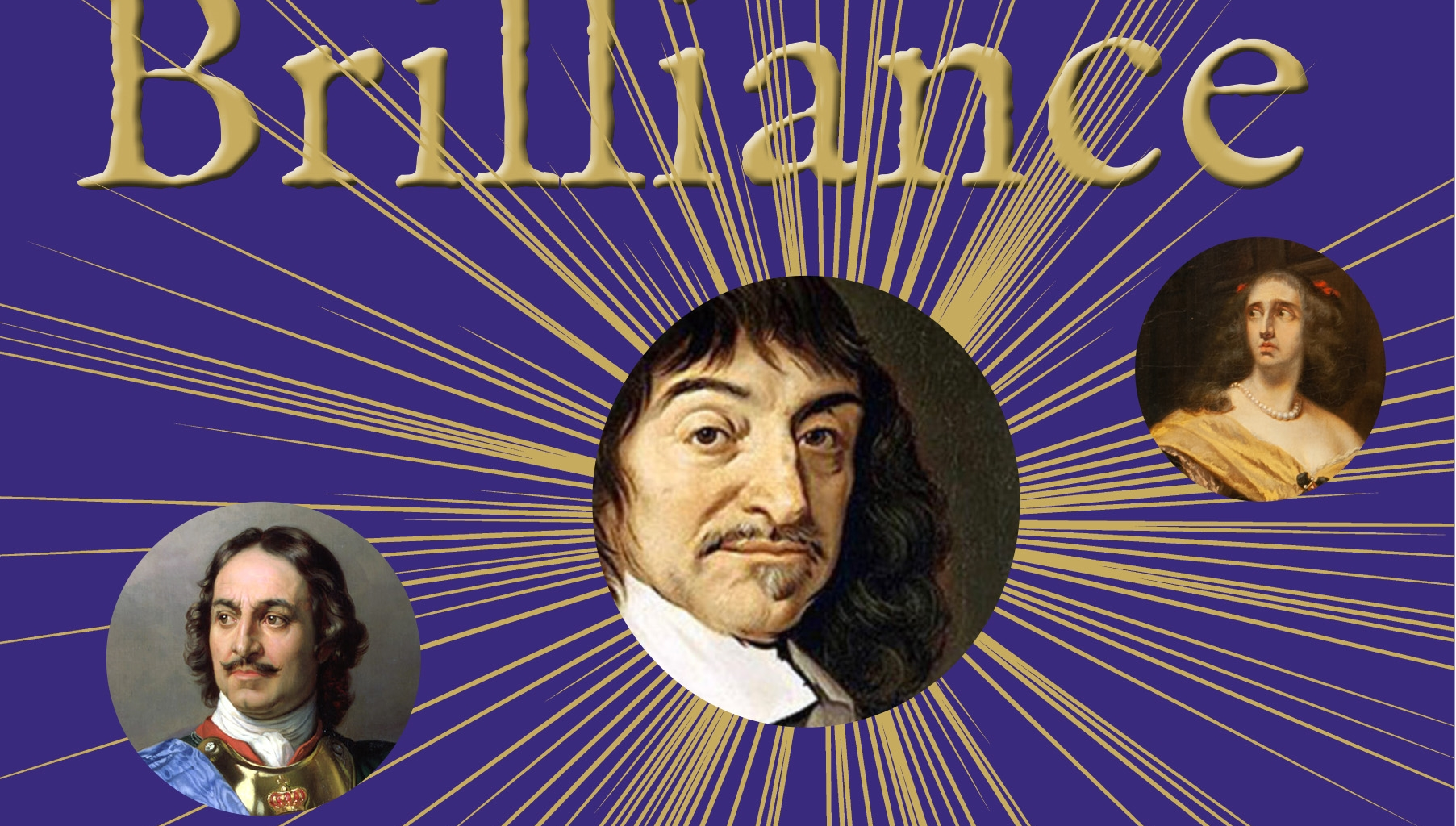
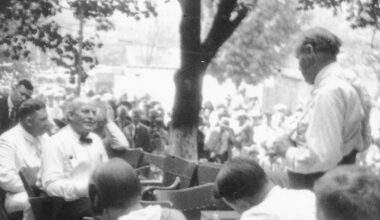

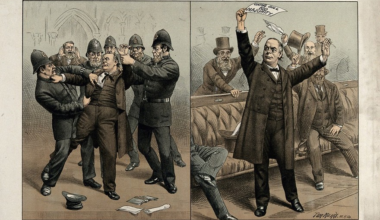
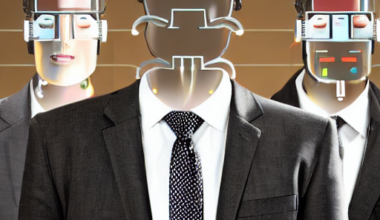
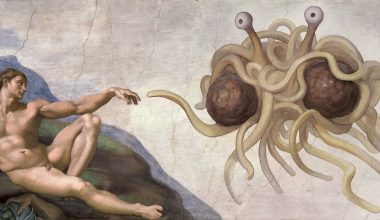
Your email address will not be published. Comments are subject to our Community Guidelines. Required fields are marked *
Donate